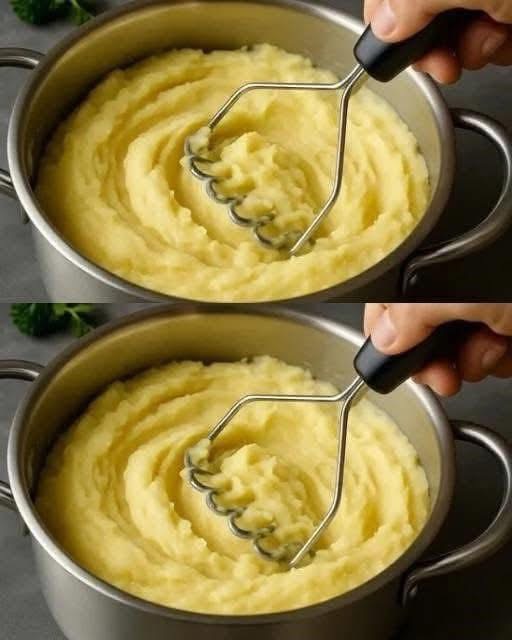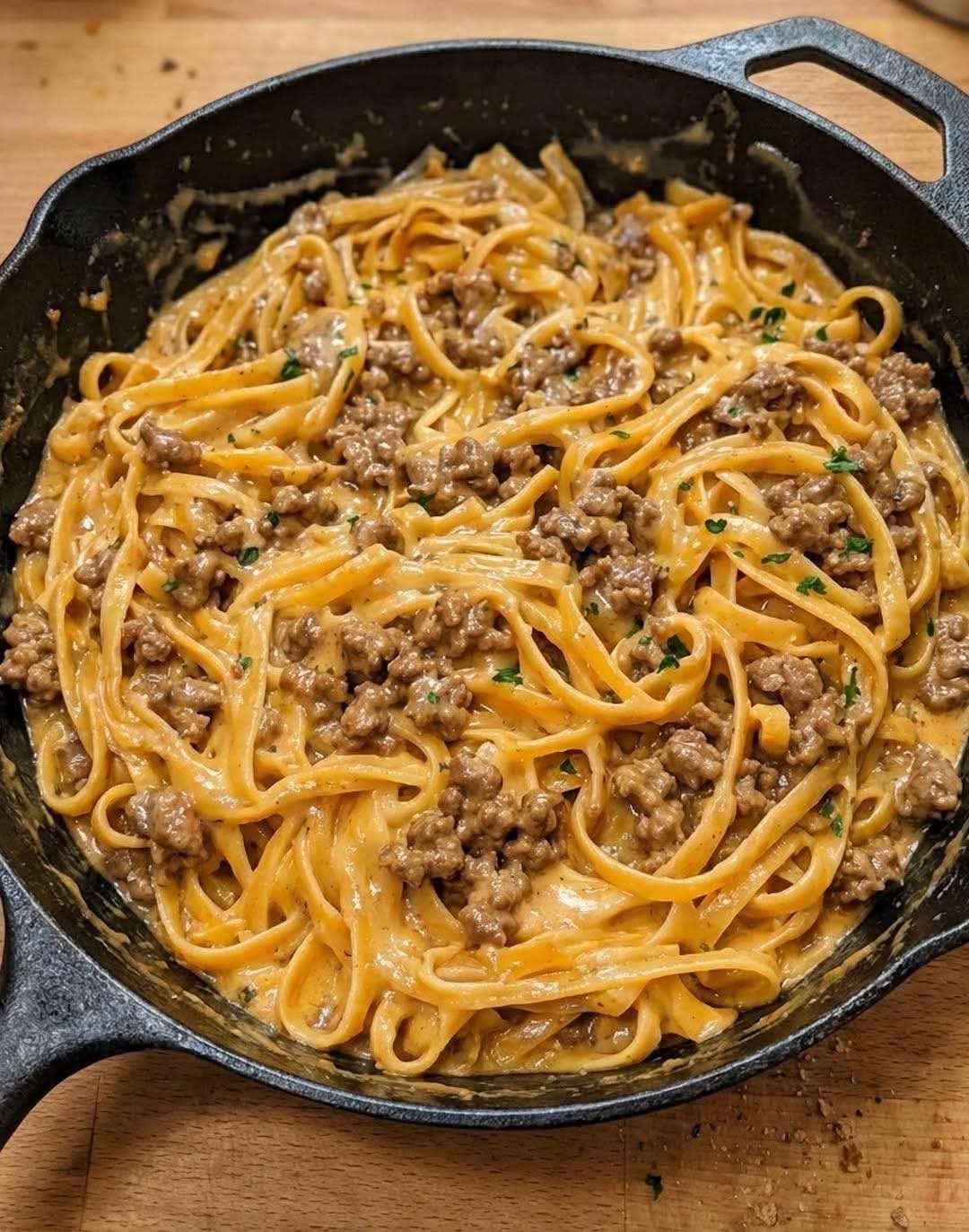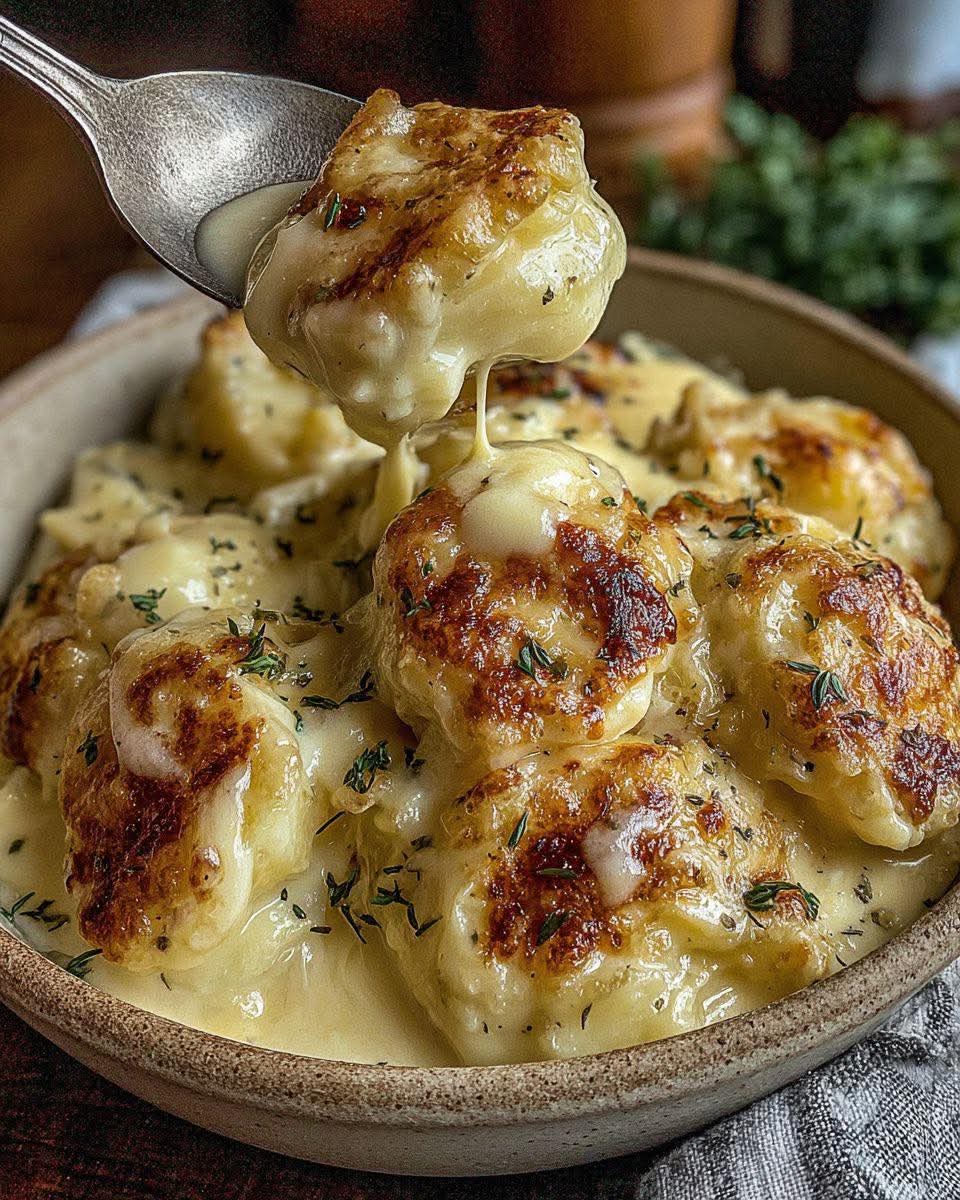When it comes to mashed potatoes, it’s easy to fall into the habit of adding milk or water to achieve that creamy, smooth texture. However, many chefs would tell you that the secret to the perfect mashed potatoes doesn’t lie in pouring milk or water into the mix. Instead, there’s a much better, more flavorful way to get the perfect consistency that you crave.
The Common Mistake: Adding Milk or Water
For years, adding milk or water to mashed potatoes has been the go-to method for making them creamy. While this might work, it often results in a watered-down flavor and a texture that’s less than ideal. When milk is added to mashed potatoes, it dilutes the potato’s natural flavor and can make the texture too soft or even too runny. Additionally, using water doesn’t contribute much to the richness or creaminess of the dish, which is why many people find themselves reaching for even more milk or butter to compensate.
But what if we told you there’s a more effective way to create fluffy, creamy mashed potatoeswithout adding that extra liquid?
The Better Way: Use Butter and Broth Instead
The secret to truly creamy mashed potatoeslies in broth and butter, not milk or water. Here’s why this method works better:
Broth Adds Flavor: Unlike water, which has no flavor, broth (vegetable, chicken, or even beef)adds a deep, savory flavor to your mashed potatoes. The potatoes absorb the broth’s richness as they cook, enhancing the overall taste of the dish. You’ll notice a distinct, satisfying difference in flavor when you use broth rather than water.
Butter Creates Creaminess: Butter is the key to achieving that lusciously creamy texture. It gives mashed potatoes that indulgent, velvety mouthfeel without relying on milk. By melting butter into your potatoes, you’re giving them a richer flavor and creaminess that milk just can’t match. For an extra smooth finish, you can use unsalted butter and add salt to taste, giving you full control over the seasoning.
The Right Consistency: The use of broth and butter allows you to control the consistency of your mashed potatoes better. You can start with a small amount of broth and add more as you mash, adjusting the creaminess to your liking without making the potatoes too runny or soggy.
A Perfect Texture: One of the biggest complaints people have about mashed potatoes is that they can sometimes be too thick, heavy, or watery. By incorporating broth and butter, you achieve a fluffy, light texture that holds up beautifully without being too dense or too loose.
Step-by-Step Recipe for Creamy Mashed Potatoes (The Better Way)
Now that you know the secret, let’s dive into the recipe that will change your mashed potato game forever.
Ingredients:
2 pounds of russet potatoes (or Yukon Gold for a creamier texture)
1 cup unsalted butter (or a little more for extra richness)
1 cup chicken or vegetable broth (adjust according to desired consistency)
Salt and pepper to taste
Optional: Fresh herbs (like thyme or rosemary), garlic, or grated Parmesan for added flavor
Instructions:
Peel and Cut the Potatoes: Begin by peeling your potatoes and cutting them into even chunks. This will help them cook more evenly. If you like, you can leave the skins on for a rustic version.
Boil the Potatoes: Place the potato chunks in a large pot and cover with cold water. Add a generous pinch of salt to the water, as this helps season the potatoes while they cook. Bring the pot to a boil, and then reduce the heat to medium. Let the potatoes cook for about 10–12 minutes, or until a fork can easily pierce them.
Drain the Potatoes: Once your potatoes are tender, drain them thoroughly in a colander. Be sure to let any excess water escape to prevent watery mashed potatoes.
Warm the Broth: In a small saucepan, warm your broth over low heat. You don’t need it boiling hot, just warm enough to melt the butter when you add it.
Mash the Potatoes: Return the drained potatoes to the pot. Using a potato masher, begin mashing the potatoes. If you prefer a smoother consistency, you can also use a potato ricer.
Add Butter and Broth: Gradually add the butter and warm broth in small amounts as you mash the potatoes. Stir the mixture gently, letting the potatoes absorb the butter and broth. Continue adding the butter and broth until the potatoes reach your desired creamy texture.
Season to Taste: Add salt and pepper to taste. If you want to elevate the flavor, you can add a little fresh garlic (minced or roasted), some fresh herbs, or Parmesan cheese for extra richness.
Serve and Enjoy: Once you’ve achieved the perfect creamy consistency, transfer the mashed potatoes to a serving dish. Serve them immediately, and enjoy the rich, savory goodness!
Why This Method Works Better: Key Takeaways
Broth Adds Depth and Flavor: Water doesn’t contribute much to flavor, but broth enhances the taste of your mashed potatoes by adding richness and a savory undertone. The broth complements the natural flavor of the potatoes without overpowering them.
Butter Brings Creaminess: The combination of butter and broth gives you a texture that milk or water alone can’t achieve. It creates a velvety, smooth finish that makes each bite feel indulgent.
Control Over Consistency: By using broth and butter, you can easily control the thickness or creaminess of your mashed potatoes, ensuring the perfect texture every time.
Additional Tips and Variations
Use Roasted Garlic: Roasted garlic adds a rich, mellow flavor to mashed potatoes. Simply roast garlic cloves in the oven until tender, then mash them into the potatoes for a deep, sweet flavor.
Add Cheese: For cheesy mashed potatoes, stir in grated cheddar, Parmesan, or cream cheesewhile mashing the potatoes. The cheese will melt beautifully into the creamy potatoes, adding even more richness.
Herbs and Spices: Fresh rosemary, thyme, or parsley can be finely chopped and added to the mashed potatoes for an extra layer of flavor. You can also experiment with spices like paprika, garlic powder, or nutmeg for a unique twist.
Make It Vegan: For a dairy-free version, simply substitute vegan butter and vegetable broth. The same creamy texture and flavor will be achieved without the dairy.
Use a Potato Ricer for Extra Smoothness: If you prefer ultra-smooth mashed potatoes, using a potato ricer rather than a masher will give you the silkiest texture possible. It ensures there are no lumps, resulting in an incredibly smooth mash.
Troubleshooting: Common Mistakes to Avoid
Too Watery: If your mashed potatoes are too watery, you may have added too much broth or not drained the potatoes properly. To fix this, simply cook the mashed potatoes over low heat for a few minutes to let some of the moisture evaporate, or add a little more butter to thicken them up.
Too Thick: If the mashed potatoes are too thick, simply add a little more warm broth, a spoonful at a time, until you reach the desired consistency. Always add liquid gradually to avoid making them too runny.
Lumpy Mashed Potatoes: Lumps in mashed potatoes are often caused by undercooking or not mashing them enough. Be sure the potatoes are tender and fully cooked before mashing, and use a potato ricer for a smoother texture.
Conclusion: Master the Perfect Mashed Potatoes
Mashed potatoes are a comfort food classic, but they can sometimes be tricky to perfect. By ditching the traditional approach of adding milk or water, and instead using butter and broth, you can achieve perfectly creamy, flavorful mashed potatoes every time. The key is using ingredients that add flavor and richness, like butter and broth, and carefully controlling the consistency to your liking.
Next time you make mashed potatoes, try this method and see the difference it makes. The results will not only be richer and more flavorful but will also elevate your side dish to the next level. Perfect for holiday dinners, weeknight meals, or any occasion, these mashed potatoes are sure to become your new go-to recipe.
-
Garlic Butter Beef Pasta
Few dinners hit the sweet spot between comfort, flavor, and ease quite like Garlic Butter Beef Pasta. This dish is rich, creamy, and deeply satisfying, yet simple enough to make on … Read more
-
apple pie biscuits
Here’s a more detailed version of the Apple Pie Biscuits recipe with a total of 17 paragraphs, covering the entire process from introduction to conclusion: Introduction: Apple pie biscuits are … Read more
-
German Cabbage and Dumplings
Few dishes capture the comfort and simplicity of old-world home cooking quite like German Cabbage and Dumplings. This recipe comes from a tradition of making something deeply satisfying out of humble, … Read more



